- Health Is Wealth
- Posts
- 7 industries to win big!
7 industries to win big!
In a very short time, technology has cannibalized almost everything. About ten years ago, with the launch of the first iPhone, a new technological revolution began: the smartphone revolution. Ten years later, a new cycle has started: the revolution in wearable technology, the revolution in smart health connected gadgets.
As explained in a PricewaterhouseCoopers (PwC) report titled "The Wearable Future", wearable technology is the next "big thing". The market is expected to reach $ 6 billion by the end of 2018.
Wearable technology interacts and transforms at any level and in almost any industry. It offers various configurations and applications which leads existing industries to adapt and adopt it.
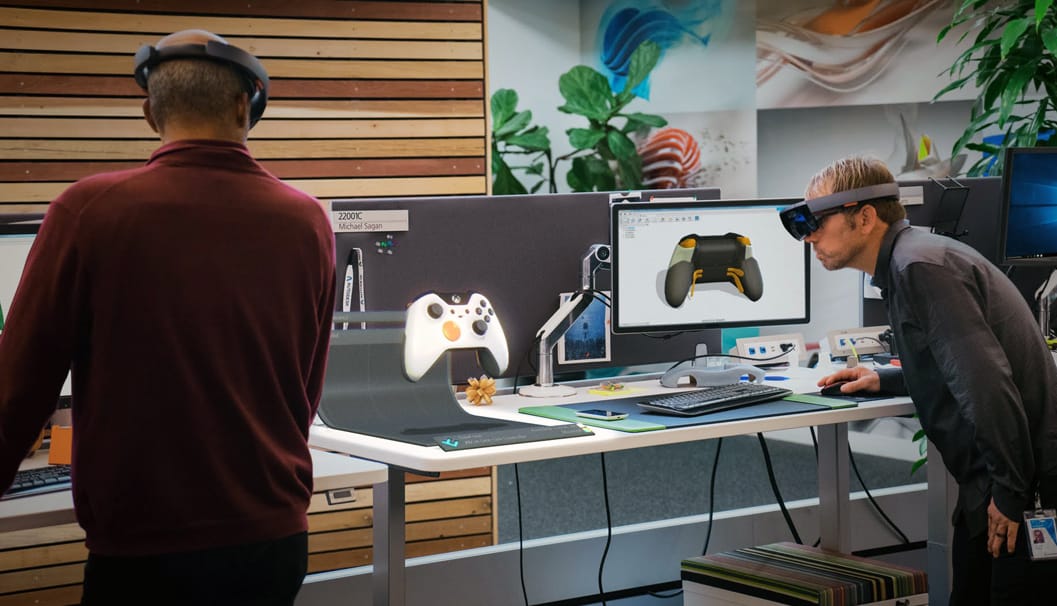
Wearable technology: retail
Wearable technology plays a vital role in our daily retail experiences, despite possible privacy and data breach issues.
The Millennial generation shows the greatest interest in these interactions. 76% of them said they would use wearable technology if the result was a more "efficient and enjoyable" shopping experience.
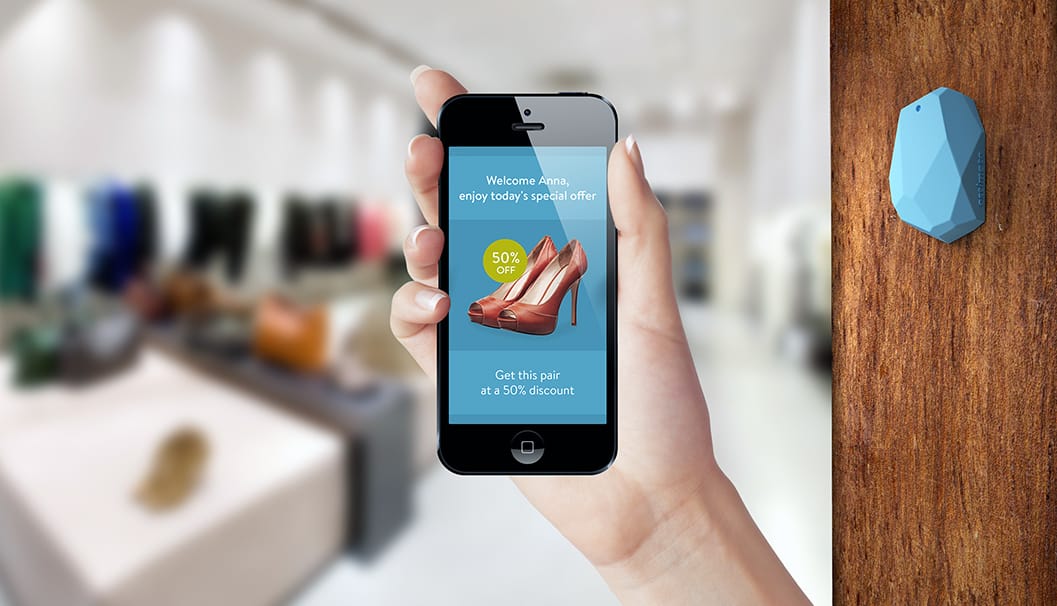
By 2020, most stores will be using IoT devices (beacons) interacting with smart health connected clothing, smartphones or wearables that customers will wear. This technology will also help businesses get relevant user information while giving their users access to better prices, special offers and discounts.
Wearable technology: fashion
One of the biggest long-term winners is the fashion industry, with the use of wearable technology. I'm not talking about fitness trackers or smartwatches, but integrated, smart health connected, flexible, waterproof sensors in your shoes, clothes, bags and accessories.
More and more fashion designers are merging technology with their creations, in a synergistic trend described by function and fashion and thanks to these intelligent sensors, the clothes of tomorrow can warn you when the time comes to clean, repair or to recycle.
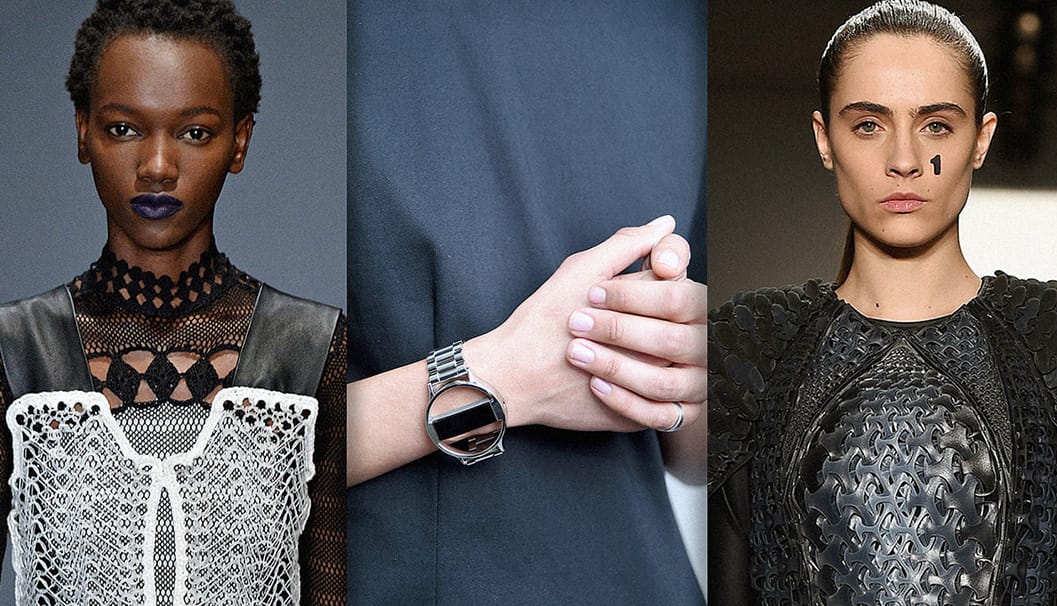
Smart and smart health connected fabrics can now be monitored 24 hours a day, 7 days a week, or even traced back to their original manufacturer; thus avoiding theft and counterfeiting.
Wearable technology: social media
Thanks to wearable technology, the influence of social media will continue to grow, especially in retail, advertising and fashion. According to the PwC report, most consumers expect instant access to social media via wearables. "On the go" means social media leaves your pocket (smartphone) and moves to your wrist and even your eyes, using AR and VR.
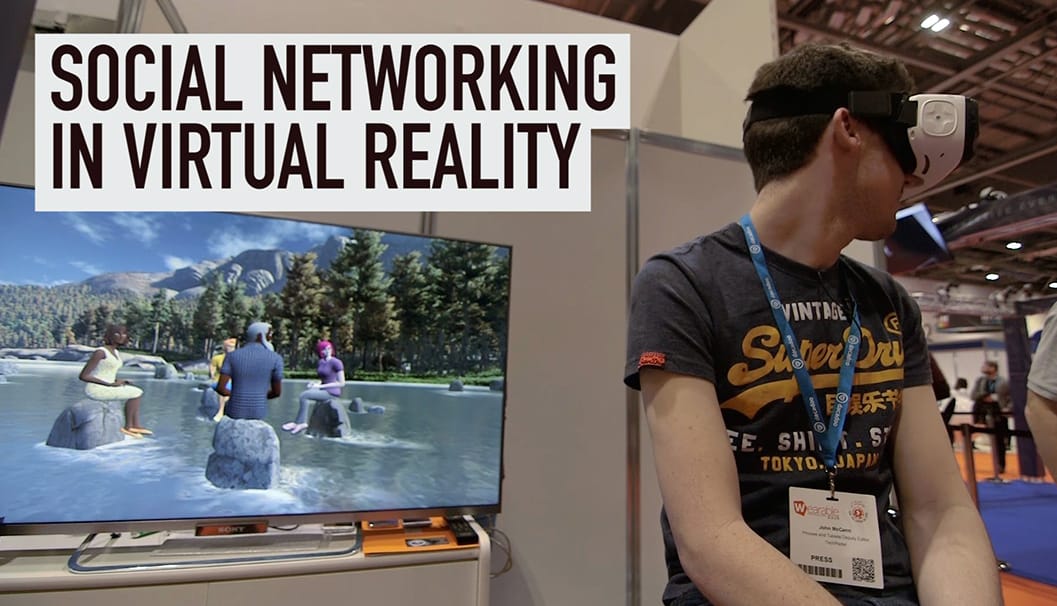
In addition, if Millennials lead the “always smart health connected” trend, since they are three times more likely to use social media than baby boomers, the graphics will take off when Generations Z and Alpha take over.
Wearable technology: entertainment
The entertainment industry is also linked to social media, fashion and retail. Nearly 73% of survey participants believe that wearable technology will make the entertainment industry and in-store sales experiences "immersive and fun."
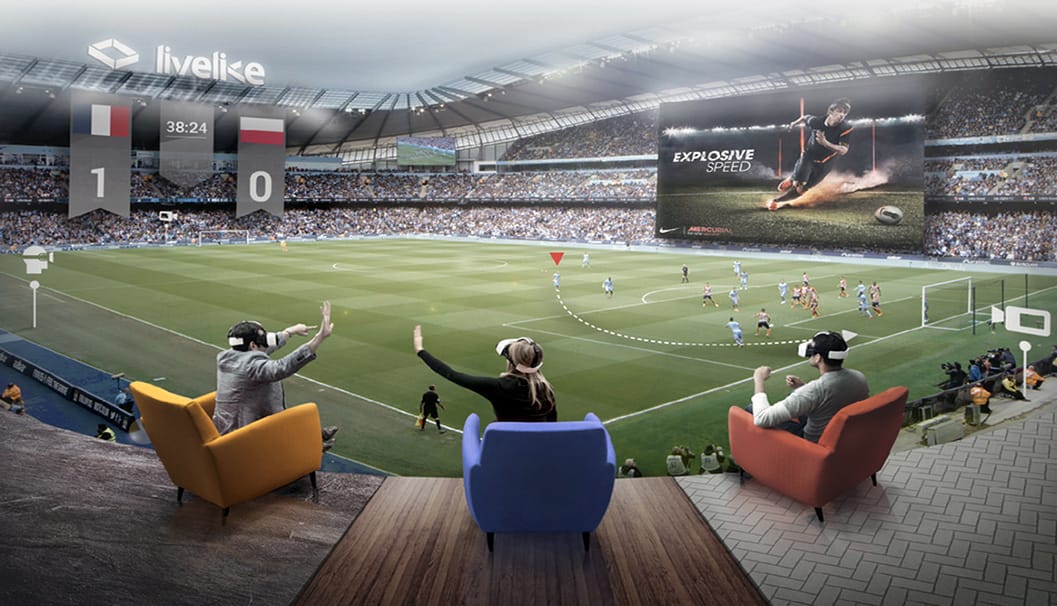
According to the report, the participants interviewed do not seek to "create new types of entertainment and digital communications, but rather to improve those which already exist".
"Where there is a screen, there is an opportunity," and that is what the entertainment industry is about to experience, thanks to the widespread adoption of augmented and virtual reality.
Wearable technology: advertising
While we notice that old-fashioned marketers are trying to readjust to the digital age by pushing classic advertising models on new supports like smartwatches and smartphones, the winners are those who use virtual and augmented reality .
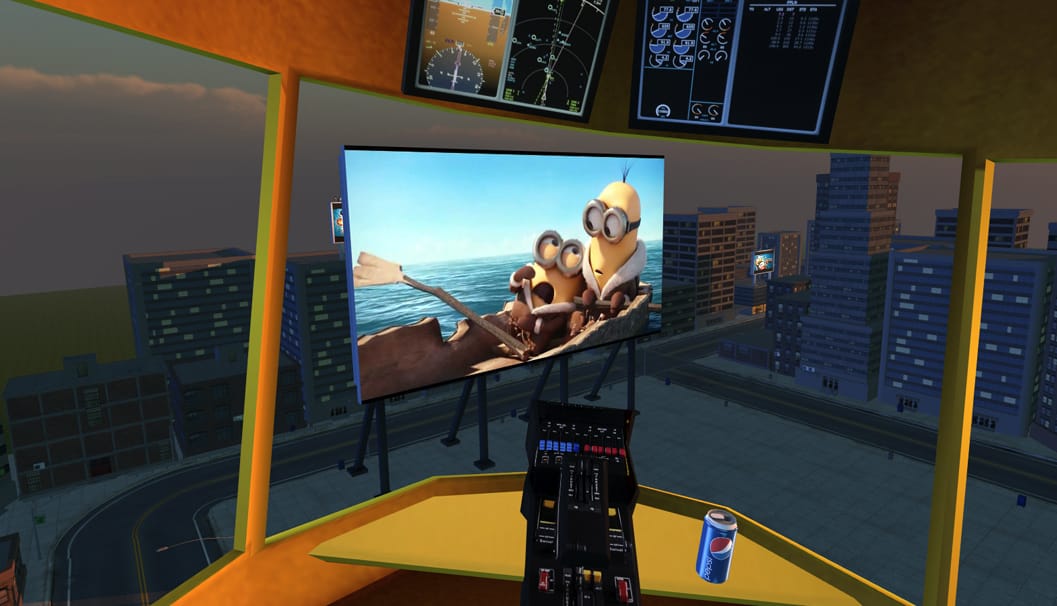
The smart implementation of AR and VR leads to more screens, and more screens mean more places for advertisers to advertise. Wearable Tech offers a new type of “digital canvas” if you wish.
Wearable technology: health care
Wearable technology, thanks to fitness monitoring devices and health monitoring devices, is already helping health-conscious users.
However, more and more companies involved in the healthcare industry are looking for ways to explore ideas based on wearable technology, aspiring to get the most out of the data that users could capture.
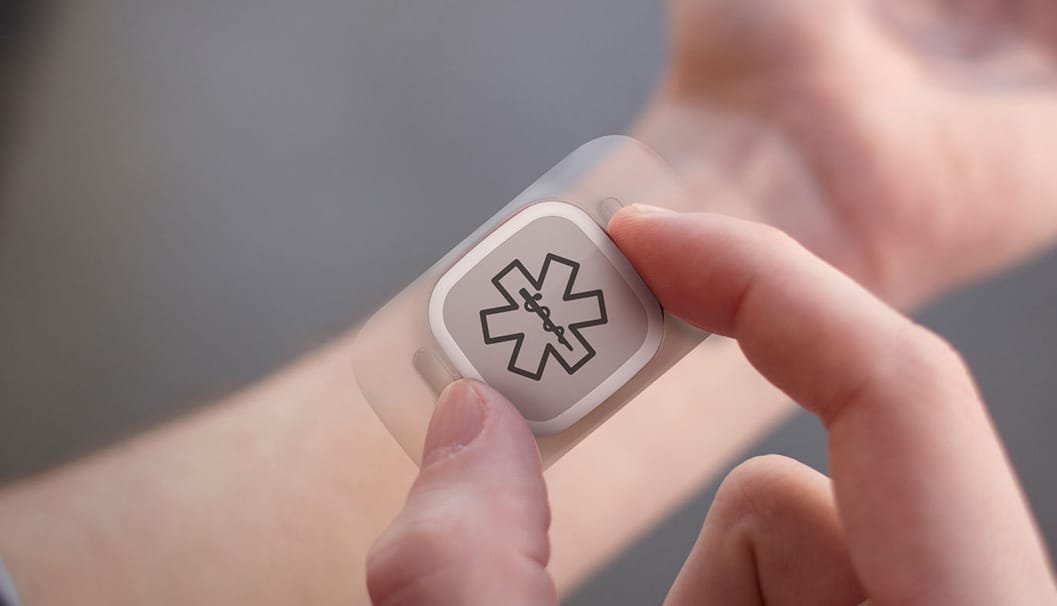
PwC highlights Walgreens as an emerging leader in this highly competitive space since the company specifically channels several portable technologies obtained from over a million users of Jawbone, Fitbit and Misfit trackers, and exchanges them for special points .
Wearable technology: the game
According to the PwC report, 97% of 12 to 17 children in the United States play at least an hour of ehealth games every day.
While 64% of 18-24 year olds surveyed by PwC say they want embeddable games, expect portable technology to change the game industry both physically and visually.
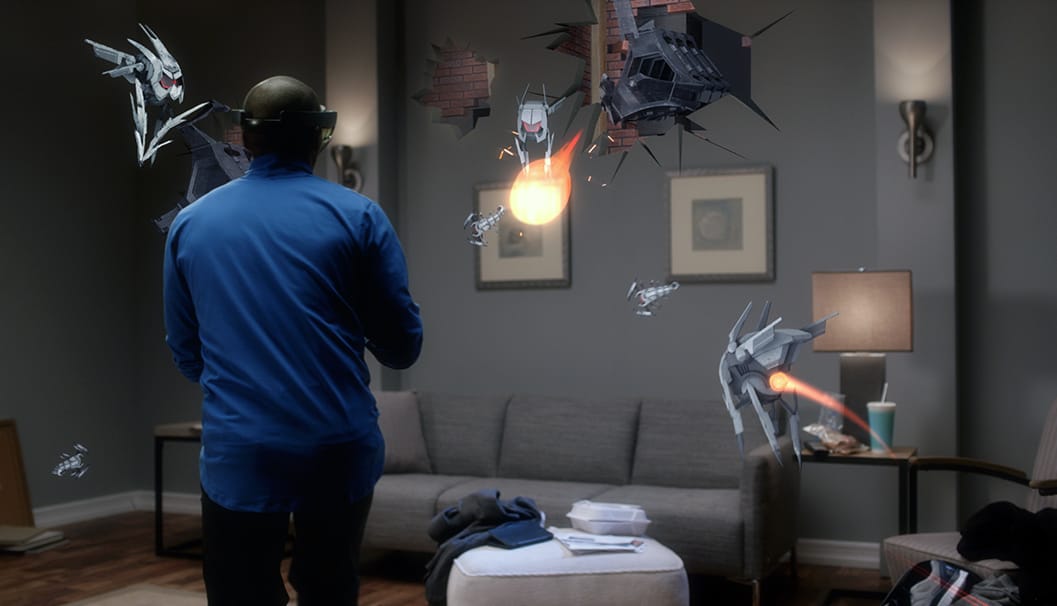
As we can see, wearables are therefore intended to change the way we work, live, play, do business to stay competitive.
AB SMART HEALTH REVIEW